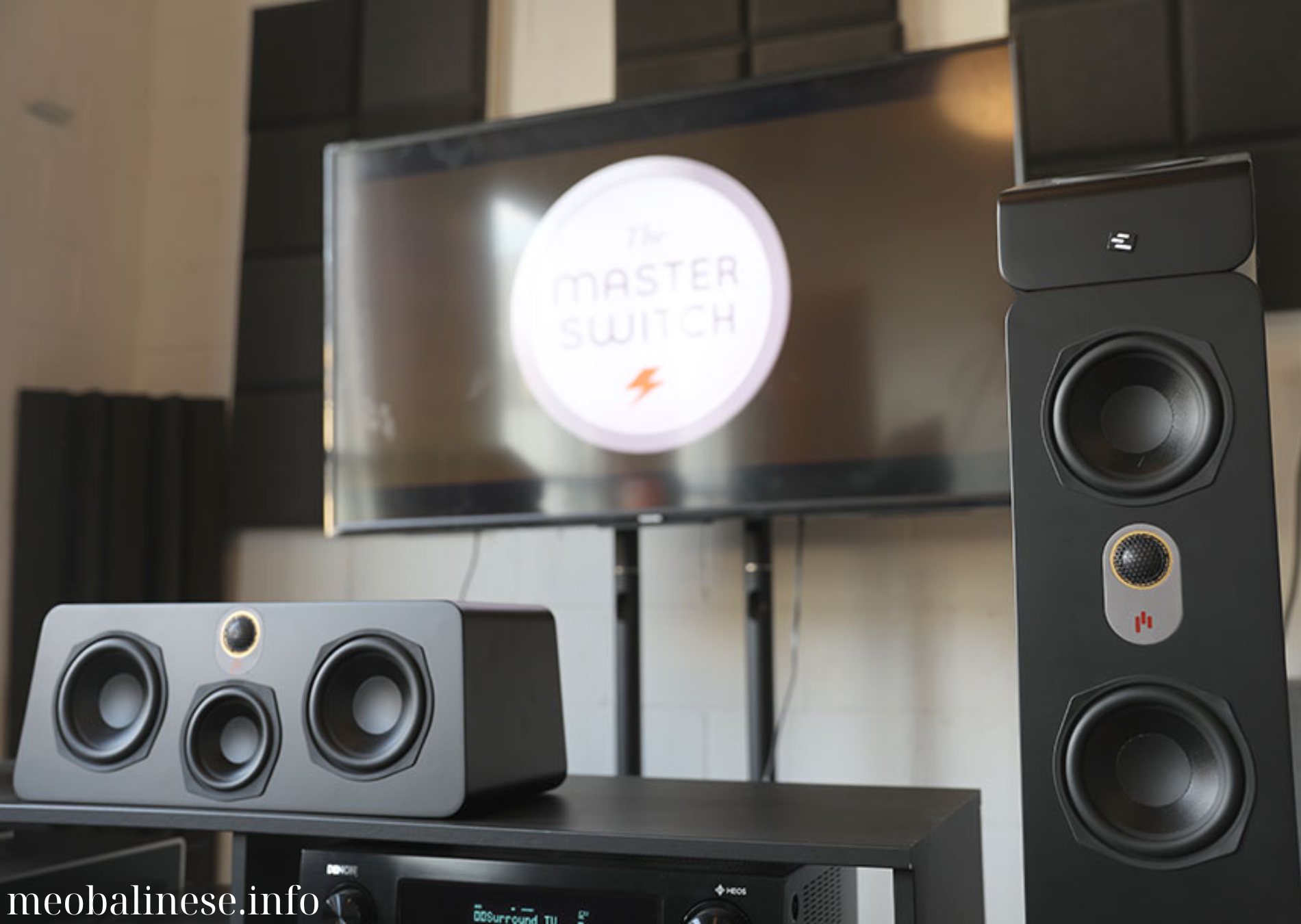Creating a home theater can transform your living space into a cinematic paradise, offering an immersive viewing experience right in your own home. Whether you’re a movie buff, a sports enthusiast, or a gamer, having a well-designed home theater setup enhances your enjoyment and elevates your entertainment to the next level. Here’s a comprehensive guide to setting up a home theater that delivers high-quality audio and visual experiences.
Key Highlights
- Choosing the Right Equipment: Understanding essential components and how to select them.
- Optimal Room Setup: Tips for arranging your space to maximize audio and visual quality.
- Audio and Visual Calibration: Ensuring your equipment is properly configured for the best performance.
- Additional Accessories: Enhancing your home theater with useful gadgets and furniture.
Choosing the Right Equipment
1. Display Technology
- Types of Displays: Choose between LED, OLED, or projector systems based on your room size and budget. LED TVs offer bright, clear images, OLED TVs provide stunning contrast and color accuracy, and projectors can create a large-screen experience similar to a movie theater.
- Resolution: Opt for a display with at least 4K resolution for sharp, detailed images. If your budget allows, consider 8K displays for even higher resolution and future-proofing.
- Screen Size: The size of your screen should complement the viewing distance from your seating area. For a more immersive experience, a larger screen is ideal, but ensure it fits comfortably within your room.
2. Audio Equipment
- Speakers: Invest in a good surround sound system. A 5.1 or 7.1 channel system is common, providing a rich audio experience with multiple speakers and a subwoofer for deep bass.
- Soundbar: If you prefer a simpler setup, a high-quality soundbar can offer impressive audio performance with less equipment clutter.
- AV Receiver: The AV receiver acts as the central hub for your audio and video components. Choose a receiver with sufficient channels and power output to match your speaker setup.
3. Source Components
- Media Players: Depending on your preferences, you may need a Blu-ray player, streaming device, or gaming console. Ensure they support high-definition or 4K content.
- Streaming Services: Subscribe to streaming services that offer a wide range of high-quality content. Many services provide 4K and HDR options for an enhanced viewing experience.
Optimal Room Setup
1. Room Layout
- Seating Arrangement: Arrange your seating to face the screen directly. Ensure that all seats have a clear view of the display and are within the optimal viewing distance.
- Screen Placement: Position your screen at eye level when seated. Mount it on the wall or use a stand, making sure there are no obstructions that could affect viewing angles.
- Lighting: Control ambient light to reduce glare on the screen. Use dimmable lights or blackout curtains to create a theater-like environment.
2. Acoustic Treatment
- Soundproofing: To minimize external noise, use soundproofing materials such as acoustic panels, carpets, and heavy curtains. This helps improve audio clarity and prevents sound leakage.
- Speaker Placement: Place speakers according to their design. Front speakers should be positioned at ear level, while surround speakers should be placed slightly above seating height and to the sides.
Audio and Visual Calibration
1. Calibration Tools
- Visual Calibration: Use calibration tools or software to adjust brightness, contrast, color, and sharpness on your display. Many modern TVs and projectors come with built-in calibration settings.
- Audio Calibration: Most AV receivers include automatic calibration tools that use a microphone to adjust speaker levels and ensure balanced sound distribution throughout the room.
2. Testing and Adjustments
- Test Patterns: Use test patterns and scenes from movies or calibration DVDs to fine-tune your display settings. Look for uniform color balance and proper black levels.
- Audio Balance: Adjust audio settings to ensure that dialogue is clear and sound effects are balanced. Make sure that no particular speaker overpowers the others.
Additional Accessories
1. Remote Controls
- Universal Remote: Consider a universal remote control to manage all your devices from one control point. This simplifies operation and reduces clutter.
- Smart Home Integration: Integrate your home theater with smart home systems for voice control and automation. This can streamline your setup and enhance convenience.
2. Seating and Decor
- Comfortable Seating: Invest in comfortable, reclining theater chairs or sofas that provide optimal support for long viewing sessions. Consider adding cup holders and built-in storage for snacks.
- Thematic Decor: Enhance the ambiance with themed decor, such as movie posters, themed lighting, or a concession stand area. This adds to the overall theater experience and personalizes your space.
Conclusion
Setting up a home theater involves careful consideration of equipment, room layout, and calibration to create an immersive and enjoyable viewing experience. By choosing the right components, optimizing your room setup, and fine-tuning your audio and visual settings, you can achieve a cinematic experience that rivals any movie theater. Remember to continually assess and adjust your setup as new technologies and personal preferences evolve.
FAQ
What size screen is best for a home theater?
The ideal screen size depends on your room size and viewing distance. Generally, a screen size that allows you to sit comfortably while still enjoying an immersive experience is recommended. For larger rooms, screens 65 inches and above are ideal.
How can I improve audio quality in my home theater?
Improving audio quality involves investing in quality speakers, placing them correctly, and calibrating your sound system. Consider using soundproofing materials to reduce external noise and enhance audio clarity.
Do I need to install soundproofing for a home theater?
Soundproofing is not mandatory but can significantly enhance your audio experience by minimizing external noise and reducing sound leakage. It is especially beneficial in shared or multi-use spaces.
What are the benefits of a universal remote control?
A universal remote simplifies operation by allowing you to control multiple devices from one remote. It reduces clutter and enhances convenience, making it easier to manage your home theater system.



